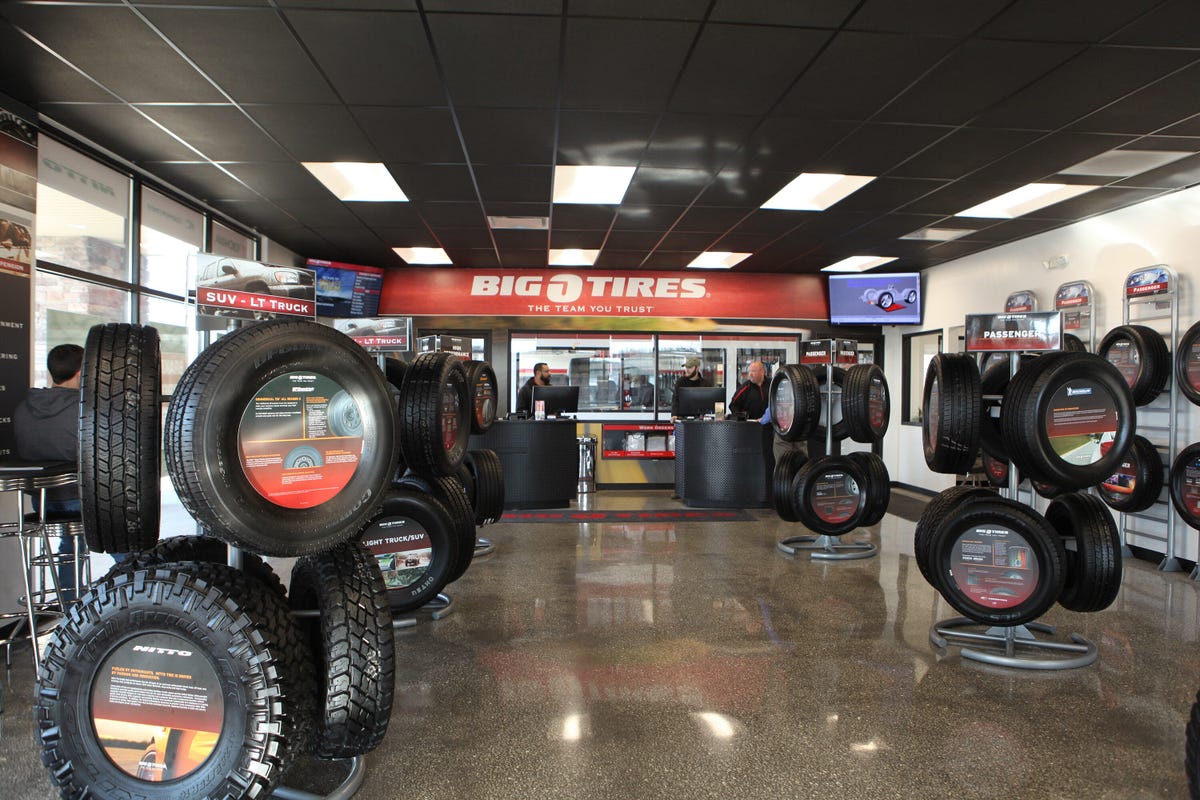Morris Tire and Alignment: Your Relied On Resource for Reliable Service
Morris Tire and Alignment: Your Relied On Resource for Reliable Service
Blog Article
Tire Service: Recognizing Tire Stress Surveillance Solutions
Understanding Tire Stress Surveillance Systems (TPMS) is a vital element of keeping optimum vehicle efficiency and safety when driving. With developments in automotive technology, TPMS has actually become a standard attribute in contemporary vehicles, offering real-time info on tire pressure levels. Digging much deeper into the complexities of TPMS, one can discover the different parts that make up this system and the value of each in making certain precise tracking. From straight to indirect TPMS systems, the landscape of tire stress monitoring is varied, each with its unique set of benefits and considerations. Keep tuned to untangle the complexities of TPMS, from upkeep ideas to the undeniable benefits of keeping your tires effectively pumped up. morris tire and alignment.

Significance of TPMS
The relevance of Tire Stress Surveillance Solutions (TPMS) depends on their capability to improve car security and performance with real-time surveillance of tire stress levels. Keeping the proper tire pressure is critical for ensuring optimal handling, stopping, and overall security of a lorry. TPMS provides chauffeurs with immediate responses on any overinflated or underinflated tires, permitting for prompt changes to be made.
Components of TPMS
Consisting of different necessary elements, a Tire Pressure Monitoring System (TPMS) works as an innovative safety attribute in contemporary automobiles. The main parts of a TPMS include sensing units, a control component, and a warning indicator. Sensing units are usually located in the tire shutoff stem or connected to the wheel setting up, where they measure tire stress and transmit information to the control component. If it finds significantly reduced stress in any of the tires, the control module procedures this information and causes a caution. The caution indicator, usually a symbol on the dashboard, alerts the vehicle driver to check the afflicted tire or tires. Some progressed TPMS models additionally present the actual tire pressure analyses for each and every tire, providing chauffeurs with real-time information to guarantee ideal tire efficiency and safety. By keeping an eye on tire stress continuously, TPMS assists stop crashes, reduces tire wear, and enhances gas efficiency, making it a vital part for automobile safety and efficiency.
Sorts Of TPMS

On the various other hand, indirect TPMS counts on the vehicle's wheel rate sensors to keep track of tire pressure. This system identifies underinflation by comparing the rotational rates of the wheels. Indirect TPMS is less expensive than straight TPMS, as it uses existing sensing units within the car.
While straight TPMS uses much more accurate readings, indirect TPMS is easier in style and normally requires less upkeep. Both systems have their advantages and restrictions, and the choice between them typically relies on variables such as price, vehicle make, and personal preference. Comprehending the differences between these 2 kinds of TPMS can help lorry owners make educated choices relating to tire upkeep and safety.
TPMS Upkeep Tips
Reliable upkeep of TPMS is essential for making certain ideal performance and security of your automobile. dig this Frequently examining the TPMS sensing units for any type of damage or deterioration is crucial. Make certain that the sensors are clean and complimentary from debris that might hinder their performance. Furthermore, it is a good idea to check the sensing unit batteries periodically and find out here change them as required to assure accurate analyses. Conduct regular look at the tire pressure levels and contrast them with the TPMS analyses to guarantee they are consistent. Recalibrate the system complying with the maker's guidelines if there are any kind of discrepancies. Additionally, during tire rotation or substitute, make certain that the TPMS components are dealt with very carefully to protect against any potential damages. Finally, if the TPMS warning light brightens on the dashboard, attend to the problem immediately by examining the tire pressures and the general system for any type of faults. By adhering to these maintenance tips, you can extend the life-span of your TPMS and enhance the safety of your driving experience.
Advantages of Proper Tire Stress
Keeping appropriate tire pressure, as stressed in TPMS Maintenance Tips, is essential for gaining the many benefits related to optimal tire stress degrees. Among the main benefits of maintaining the appropriate tire stress is enhanced gas effectiveness. When tires are properly inflated, there is much less moving resistance, bring about better fuel economic climate. In addition, proper tire stress makes sure also tire wear, extending the life expectancy of the tires and advertising more secure driving conditions. With the best tire stress, vehicles also have far better handling and traction, specifically in adverse weather condition conditions. This can enhance general driving efficiency and safety and security for the motorist and guests. Maintaining ideal tire stress can add to a smoother and extra comfortable trip by reducing vibrations and sound caused by underinflated tires. In final thought, the advantages of correct tire stress look at here go beyond simply tire long life; they include enhanced fuel effectiveness, boosted security, much better automobile performance, and total driving convenience.
Final Thought
To conclude, recognizing tire pressure tracking systems (TPMS) is crucial for maintaining optimum tire pressure and ensuring vehicle safety and security. By identifying the significance of TPMS, recognizing with its parts, recognizing the different kinds readily available, adhering to proper upkeep ideas, and recognizing the benefits of keeping correct tire stress, vehicle drivers can improve their driving experience and lengthen the life expectancy of their tires. Correct tire pressure is essential to effective and secure lorry operation.

Report this page